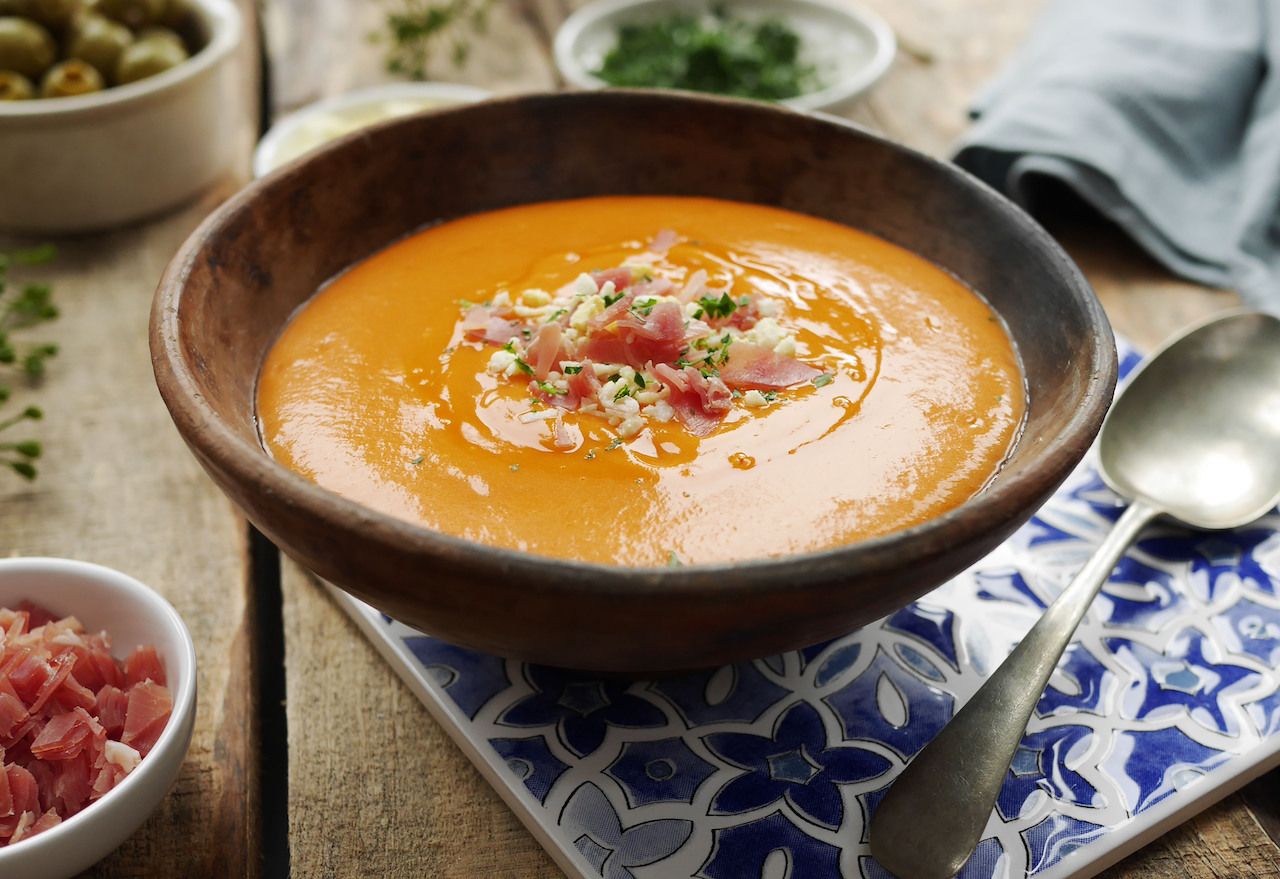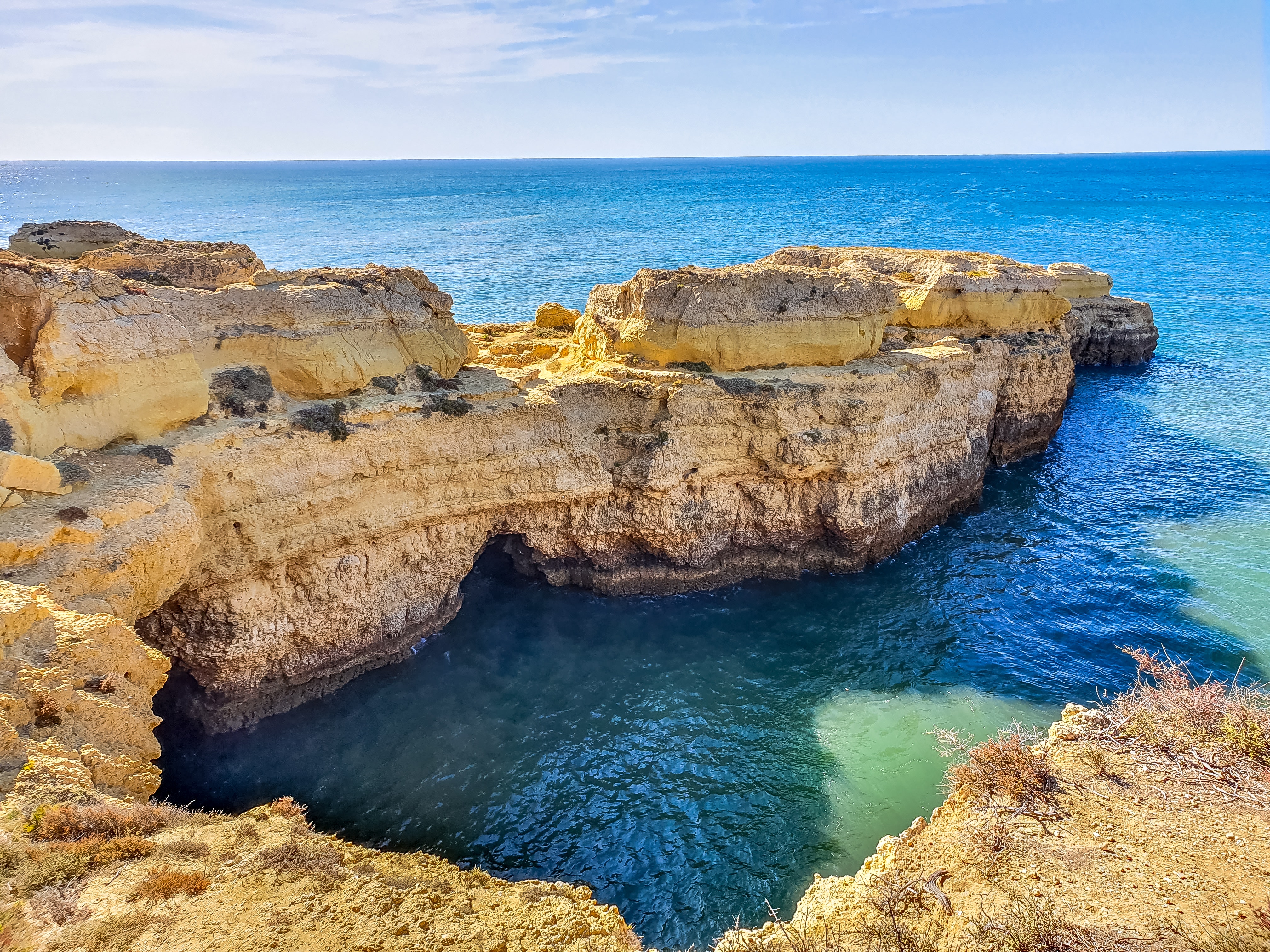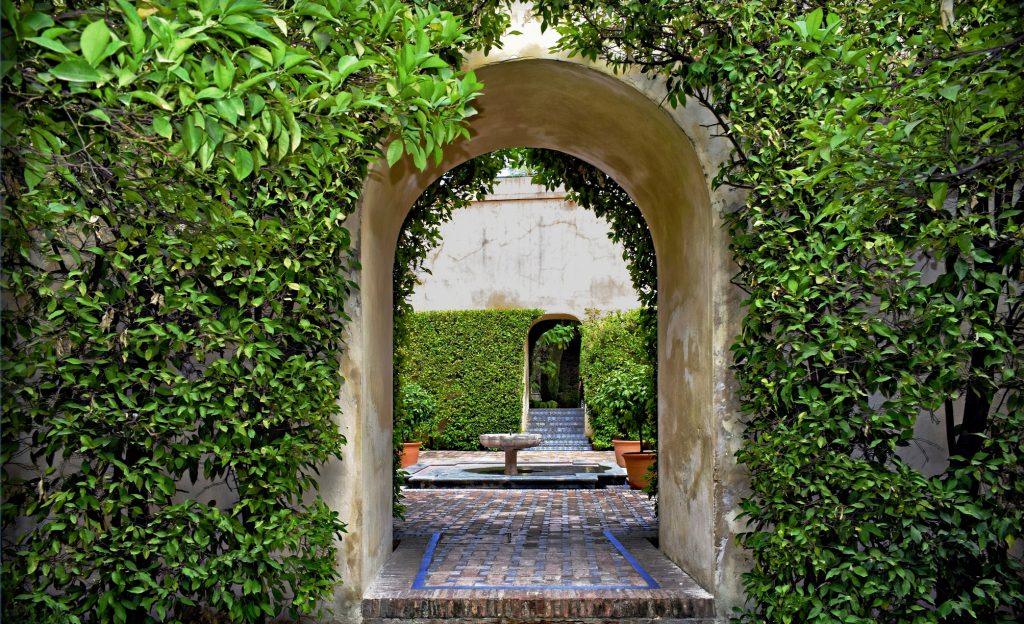A Tale of Two Portuguese Regions: Douro and Serra da Estrela

Imagine traveling about an hour through pitch black darkness, going to sleep not quite sure where you are at the moment—only to find yourself a few hours later waking up to intense beauty. That’s not likely how I would’ve planned it, but in the end that’s part of what made the whole experience so memorable.

The Douro Valley
Pulling back the curtain inside my room at the Douro Scala, I was stunned by the magnificent view of terraced vines cascading from steep slopes towards the invigorating Douro River. Manicured by mankind’s ingenuity and creativity, the Douro Valley is a masterpiece that for those at first unfamiliar with its history could be mistaken for the sole workings of Mother Nature. Waking up in the lush green of the Douro Valley is enlivening—I highly recommend it and so does Lonely Planet as its number one on the Top 10 European destinations for 2013.
The next few days we spent in the Douro Valley were certainly not enough for me, serving mostly to whet my appetite for future explorations. I’m already dreaming of my next visit … The Douro’s wine-producing villages are incredibly charming. We visited three—Provesende, Salzedes and Ucanha—but there are more …
In Provesende, I couldn’t decide on what I was enjoying the most. Was it the delightful conversation I was having with an artisanal baker, modest about the priceless craft she’s passing down to younger generations? Was it the young man molding clay into the one-of-a-kind black pottery of Bisalhaes? Was it the wine tasting set against the rolling hills of the Douro Valley, complete with port wine-infused cakes, meaty local cherries, smoked sausage-stuffed breads (folar de carne) and much more, all under the bluest sky? Was it the fragrant and fresh, mouth-filling white wine (Meruge Branco) in my glass, made from Viosinho, one of Portugal’s many indigenous grapes? It made me want to roast a red snapper nestled in a bed of sweet herbs … Or, was it the inspiration everywhere; how it slowed my pace, allowing me to soak in this special life and making it as sweet as the grapes used to produce the fortified wines that originally made the Douro famous?
Thinking back, I have decided that what I loved most about the Douro is its people’s respect for their rich wine-producing past—an authentic and romantic Port wine story echoed in each village we visited, proudly recounted by wine families and producers alike, a heritage recorded for every visitor to discover at the inviting Douro Museum—coupled with a burning desire to do more for their region amid this competitive, new world of wines. The oldest demarcated wine region in the world and a UNESCO World Heritage Site, the Douro is bursting with energy and an eagerness to share the story of what it’s doing today.

Douro Wines
Beyond its prized Port wines, the Douro is producing impressive red and white unfortified wines (a.k.a table wines) as well as high-quality espumantes. (sparkling wines) We learned first-hand about a Douro espumante from the Caves da Murganheira in the wine-producing village of Ucanha. Inspired by the French method of making Champagne, Murganheira’s sparkling wines are produced from some of the finest Portuguese grapes—Malvasia Fina, Gouveio Real, Cerceal as well as international varieties, including Champagne’s signature Chardonnay and Pinot Noir. The grapes are harvested manually and the wine bottles stored in cellars that were dug into the blue granite rock that’s so characteristic of this Tavora-Varosa wine region. Founded 50 years ago, the winery welcomes visitors into a modern space with contemporary art on the walls and large windows facing the Douro’s entrancing vines. A laid-back, sophisticated setup—it’s worthy of a visit. (It was kick-ass, too, that our tour guide was a vivacious pregnant woman. She rocked!)
Beira Interior
Our second sleeping destination on the trip was the five-star rated Aquapura hotel near Peso da Regua (now Six Senses hotel), the riverside town that played a significant role in Port wine history. In the morning, I had the pleasure of waking up to the mouth-dropping views of the Douro Valley—probably some of the best views up there.
That morning we hopped on the train from Regua in direction to Pocinho, taking in the terraced slopes from the tracks, and heading south to the Douro Superior region. Where the Douro and Coa rivers converge sits Vila Nova de Foz Coa, home to the Museu do Coa, a starting point for an adventure through Paleolithic rock art. There’s a world of archaeological findings to explore in and around the museum, which was built to resemble the area’s schist rocks and fit organically into the landscape. In homage to Coa Valley’s olive groves, almond orchards, vineyards and delicious honey, we were greeted with a buffet featuring all of these natural riches inside the museum’s restaurant, simply decorated by the panoramic view of where the two rivers meet.
Here, the gradual changes in the landscape were ever-more apparent. And as we began descending farther south, exiting the Douro and entering the Serra da Estrela region into the Beira Interior, the transformation was dramatic. The lush green of the Douro gave way to blends of pale yellow, burnt greens, rust and metallic grays shining off house-sized boulders. Stone cottages, sheep and olive trees dominated fields carpeted by vibrant wildflowers, some of which occasionally forced their way through the cracks of the sun-roasted stones. Still distant from where I have spent several special moments of my life in Portugal, the scene was already so familiar to me that I couldn’t control a sudden explosion of emotion. With my face glued to the bus window, I forgot everything around me and dreamt of the mountain named after a shiny star—Serra da Estrela—and my grandparent’s sleepy village (Bemposta do Campo: never on these trips’ itineraries, but always on mine) in the southern part of the Beira Interior.

Beira Interior Cuisine
We stopped for a rustic lunch at O Lagar in the village of Escalhao. One of my favorite meals on the trip, our lunch was truly authentic Beira cuisine. Smoked sausage with scrambled eggs (this varies, but my ideal combo is with Farinheira), mountain cheeses, smoked hams (presunto) and other Portuguese enchidos, codfish fritters (pataniscas) and fried “green” eggs (ovos verdes), slow-cooked meats and saucy rice (arroz malandro) with mushrooms (including the wild, Miscaros), soup with the area’s signature herb (segurelha) and a Lagarada de Bacalhau made with Portugal’s “faithful friend,” salted and dried cod fish. The wines at O Lagar kicked off our Beira Interior wine discoveries. My highlight at O Lagar was a bottle of Beyra white produced from the local Siria grape (known as Roupeiro in the Alentejo region). Its light, grassy, mineral, melon notes evolved in the glass to offer floral scents and an unexpected depth.
Chef Jose Avillez – Cantinho do Avillez
I later found a bottle of Beyra red in Lisbon on a trip to Cantinho do Avillez, a casual-chic restaurant in the trendy Chiado district by Michelin-star awarded Portuguese Chef Jose Avillez. Though I was disappointed in my barely seasoned cod fish entrée—generally uncharacteristic of Portuguese food—I was pleased to find such a well-rounded selection of wines (not just Douro and Alentejo, which over the years have done a better job of promoting their wines than some of the other regions in Portugal) and delighted with my appetizers of roasted Nisa cheese with honey, partridge empadas and a refreshing dessert of tart yogurt infused with Fundao cherries and crumbled cookie. It’s a dessert, but I could eat that for breakfast every day!
But even better than Avillez’s nouveau creations, were the sugar and egg-based convent sweets at O Lagar. Everything from the ubiquitous “Arroz Doce” (rice pudding) sprinkled with cinnamon (customary atop these traditional sweets) to the “Comer e Chorar por Mais” made of almonds, crumbled cookies, sugar and eggs. This dessert literally translates to “To Eat and Weep for More.” Need I say more?
With our bellies bursting at the seams and our souls satisfied, we made our way to the historic village of Castelo Rodrigo where shirtless, local men snapped us from our heat comma as they sped on by squeezed into the back of a pickup, shouting something we just couldn’t make out.
Find out what that testosterone-induced raucous was all about in Part II, follow us farther into the Beira Interior, and as we come full circle back to where we started.






